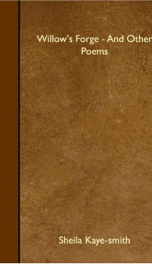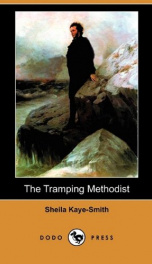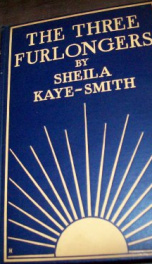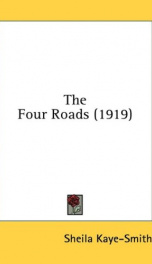john galsworthy
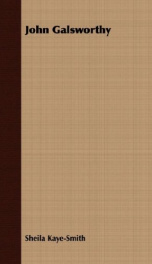
JOHN GALSWORTHYi BY SHEILA KAYE-SMITH NEW YORK HENRY HOLT AND COMPANY By SHEIU KA YE-SMITH NO VELS THE TRAMPINC METHODIST STARBRACE SPELL LAND ISLE OF THORNS THREE AGAINST THE WORLD SUSSEX GORSE BELLES LETTRES SAMUEL IPPARDSON WILLOWS FORGE AND OTNER POEMS WRI. TERS OF THE DAY JOHN GALSWORTHY CONTENTS PACB 9 INTRODUCTION A CHARACTERISTIC of every age is its group of popular writers. These writers at once concentrate and give out the spirit of their age-they are representative. Literature has many names of pioneers and apostles, who were ahead of or out of sympathy with their, times, but these were never popular. The . popular writer is essentially a man who conforms to his period it is true that his conformity must have life and vigour, it must have nothing in it of the echo or the slave, it may even be disguised rather transparently as revolt-but whatever enterprises and excursions he allows himself, he remembers that there are certain bases which he must keep, and to which after every expedition he must come back. These bases are either the conventional ideas of his time, 9 JOHN GALSWORTHY or the conventional methods of attacking them-the two are for such purposes the same. So a glance at our most popular modern writers ought to give us a clue as to the spirit of to-day. But here there is something baffling-we find names as far apart as H. G. Wells and Florence Barclay, Arnold Bennett and Hall Caine. Surely the spirit of the age is not broad enough to include both Joseph Conrad and Marie Corelli. This brings us face to face with a modern complication we have two publics. The spread of education, with other causes, has brought into being a mob-public, and the , approved of the mob-public have a popularity which could hardly have been realised two generations ago. The most popular writer of to-day is he whose appeal is to the man in the street, and the largest sales are made by those who are most successful in p catering for this newly enfranchised reader - with whom literature and art have not hitherto had much truck, but with whom 10 4 INTRODUCTION they will have to reckon more and more as time goes on. - There is, however, a public above the I street, and this is large and important enough to allow those who write for it to call themselves popular. This public grants its favour on grounds literary as well as emotional-it is not enough to stir its feelings, . one must tickle its taste. It is fundamentally the same as the mob in its ideas, but it is very different in its methods of criticism. The mob likes to see its prejudices , upheld, this public above the streetwhich is the public that most writers of any literary aspiration supply-while holding the same prejudices as strongly at heart, rather enjoys seeing them overthrown on paper. At the same time it demands artistic quality, reality, and an occasional shock. While not actually gourmet, it is fastidious in the matter of literary fare, and it is characteristically split up into cliques or smaller publics, each swearing by a particular writer, just as men who JOHN GALSWORTHY are nice as to food swear by a particular restaurant. There is a Wells public, differing slightly if not essentially from the , Bennett public there is a Kipling public - with democratic foundations there is a 1 Conrad public, and a Galsworthy publio-1 and the Galsworthy public is perhaps the smallest of all. Indeed Galsworthy can hardly be called a popular writer. I am not using the word in a contemptuous sense, but to describe a writer who is widely read. Galsworthy will never be widely read, for he alienates two important sets of readersthose who insist that a book shall teach them something, and those who with equal force insist that it shall teach them nothing. He fails the k s t class because, while supplying its demands, he does not satisfy the conditions. it imposes...
Info about the book
Author:
Series:
Unknown
ISBN:
1172289689
Rating:
5/5 (3)Your rating:
0/5
Languge:
English
Users who have this book
Users who want this book
What readers are saying
What do you think? Write your own comment on this book!
write a commentGenre
if you like john galsworthy try:
Do you want to exchange books? It’s EASY!
Get registered and find other users who want to give their favourite books to good hands!

